Scream Queens: Horror Heroines & Striking Villainesses
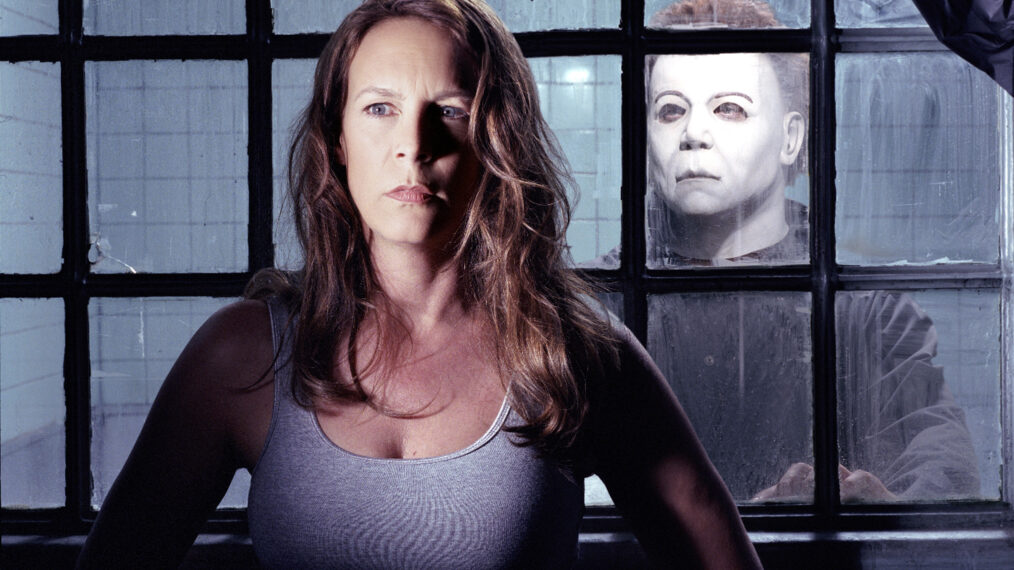
It takes more than a stylish director to make a great horror film. It takes more than an old dark house, a gruesome monster or even a fistful of scares. It also takes a great pair of lungs.
Ever since Mary Philbin unmasked Lon Chaney in the 1925 silent film The Phantom of the Opera, horror films have depended on frightened heroines (and, occasionally, frightening female fiends). And although Philbin had to yell in silence, the genre soon added a new special effect: the ear-shredding shriek.
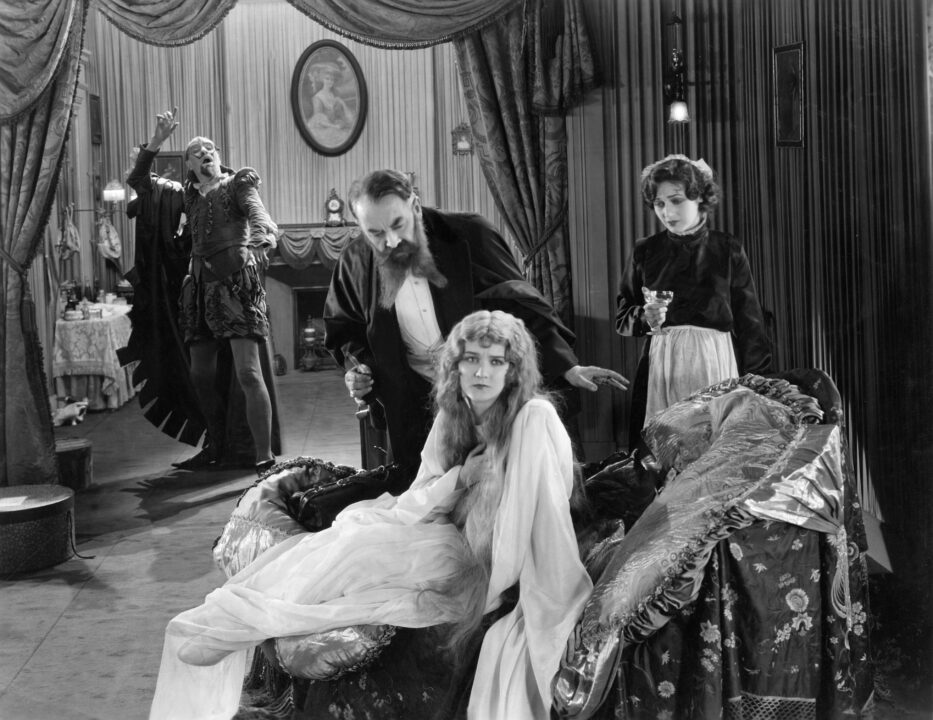
Courtesy of Everett Collection
Fay Wray set the standard early with shockers in 1932 and ’33, including The Mystery of the Wax Museum. She was a plucky heroine in all, but it was only when she greeted her tall, dark and gruesome costar in King Kong that she made hysterical history as one of the first “scream queens.”
The 1940s gave us a new horror heroine in Evelyn Ankers, who spent most of the decade fleeing in films like The Wolf Man (1941) and Son of Dracula (1943). The era provided some striking villainesses, too, like baby-faced Simone Simon in 1942’s Cat People.
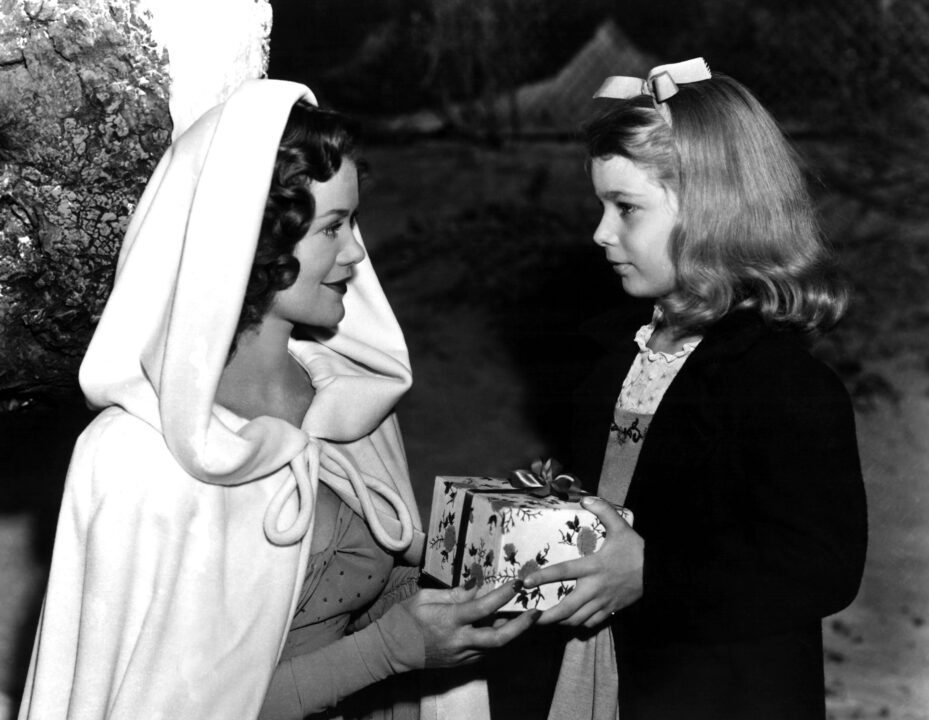
Courtesy of Everett Collection
But it was the ’50s sci-fi explosion that really brought the scream queens back. Fighting off an onslaught of atom-age mistakes, they added their own iconic performances — like the lovely Julie Adams, who, when she wasn’t yowling at the fish-man in 1954’s The Creature From the Black Lagoon, was dreamily treading dark water while he lurked hopefully below. As it was also the dawn of the Playboy era, there were plenty of pinups in peril, too. Like bad girl Yvette Vickers, who suffered both the Attack of the 50 Foot Woman (1958) and the Attack of the Giant Leeches (1959). And poor Mara Corday, who, fated to run afoul of oversized animals, screamed her way through Tarantula (1955) only to endure both The Black Scorpion and The Giant Claw two years later.
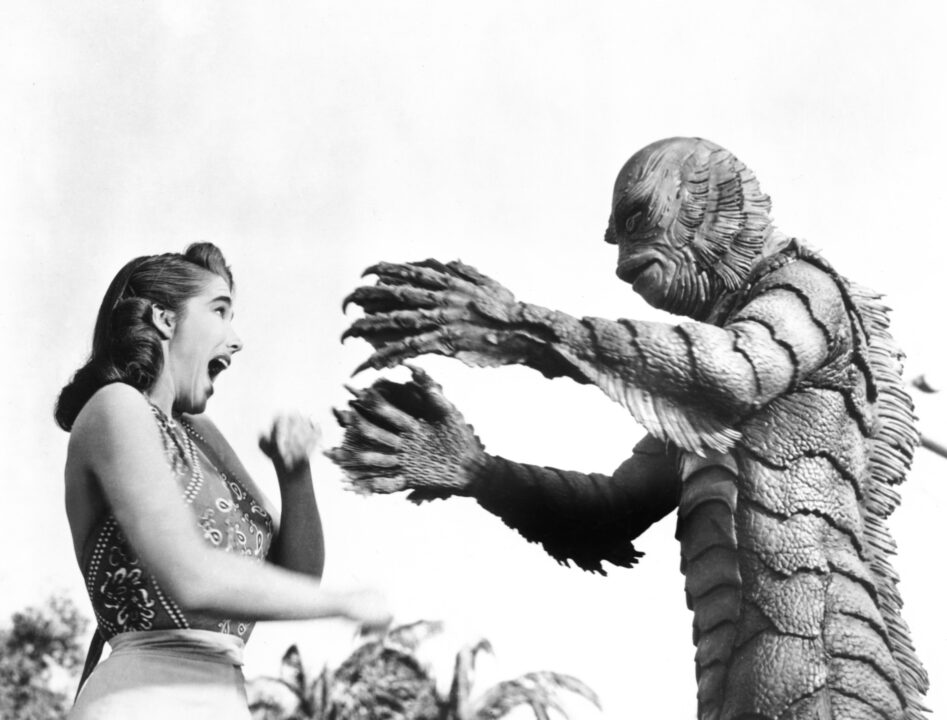
Courtesy of Everett Collection
While the new starlets were pretty, they also remained pretty passive. It would take the ’60s to give us fiercer female leads. Take fiery redhead Hazel Court, the never-to-be-trusted wife in Poe pictures like The Premature Burial (1962) and The Masque of the Red Death (1964). Or the darkly beautiful Barbara Steele, an English actress who blazed a second career in Italian gothics like Black Sunday (1960) and The Horrible Dr. Hichcock (1962).
Vampire movies, with their nighttime assignations, provided a fine hunting ground for female monsters. Ingrid Pitt quickly made the boldest play for the scream-queen crown, starring as a sexy bloodsucker in The Vampire Lovers (1970) and, in 1971, both Countess Dracula and The House That Dripped Blood. Aiding her rise? A new onscreen frankness that replaced old black capes and drifting fog with see-through nightgowns and steamy sex.
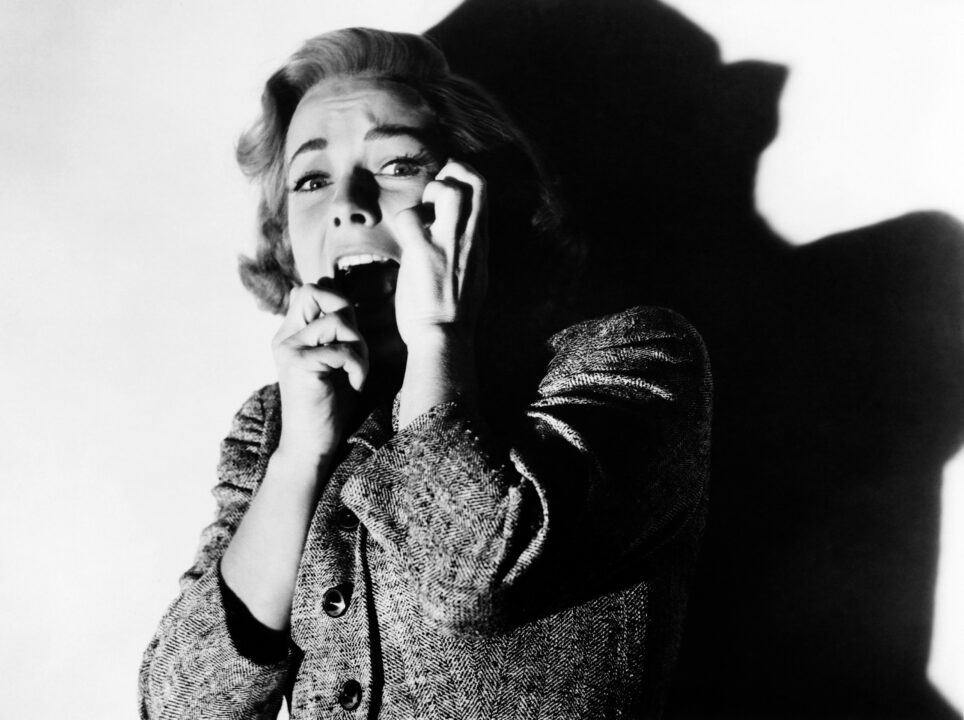
Courtesy of Everett
Of course, horror movies still saved room for a terrified blonde. Janet Leigh’s screen-ripping screams in 1960’s Psycho put people off showers for years. And Tippi Hedren and Mia Farrow yelled memorably — and mostly unsuccessfully — for help throughout The Birds (1963) and Rosemary’s Baby (1968), respectively.
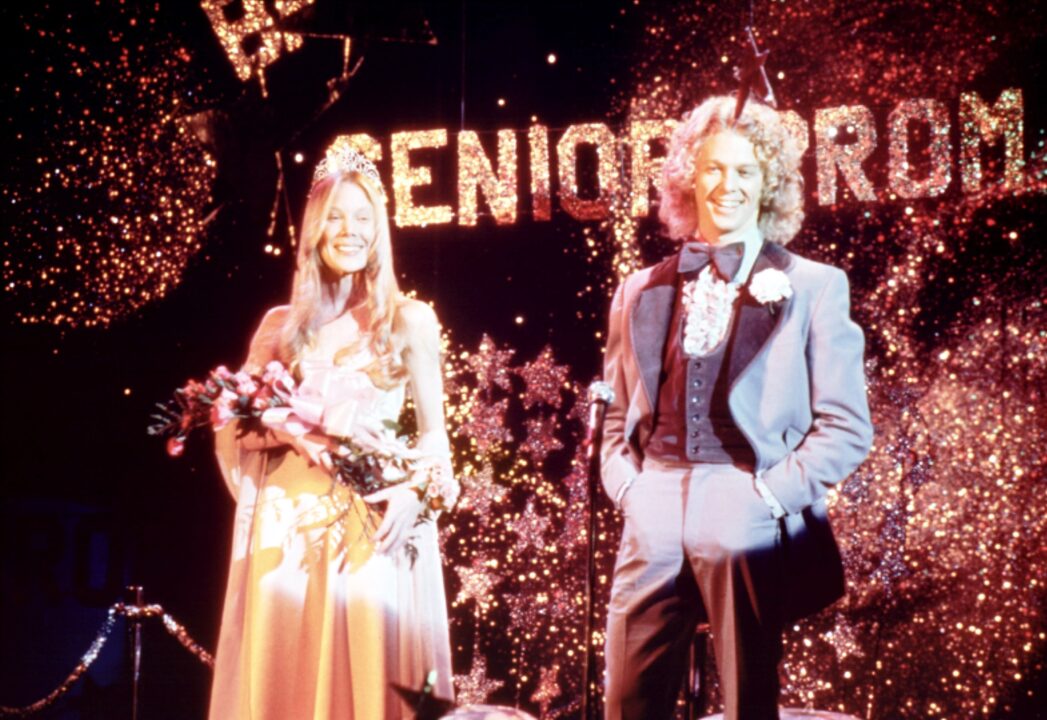
Courtesy of Everett Collection
But in recent decades, monster movies have preferred to cast women in more proactive parts. Sometimes — like Linda Blair in The Exorcist (1973) or Sissy Spacek in Carrie (1976) — they’re the monster. More often, they’re its prime target — except now, after being chased for 80 or so minutes, they courageously turn the tables. Think of Heather Langenkamp as Nancy Thompson, outwitting the witty Freddy Krueger in 1984’s A Nightmare on Elm Street (and then returning for two more sequels). Or Neve Campbell, who not only made it through 1996’s Scream, but also survived three more follow-ups (and an increasingly confusing story).
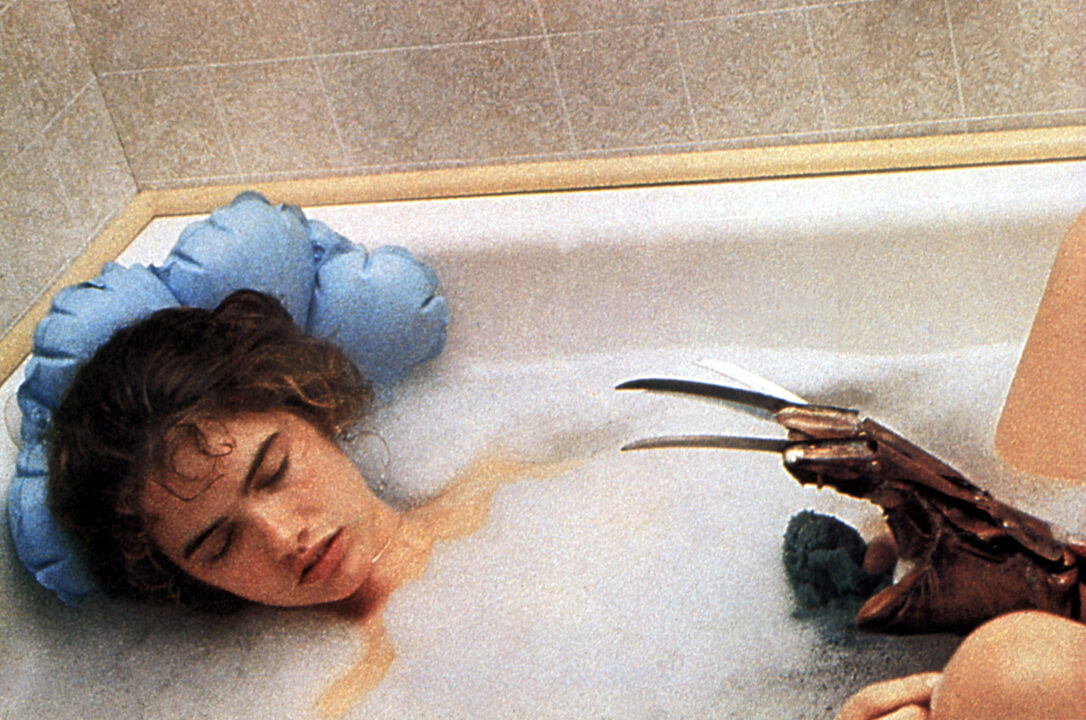
©New Line Cinema/Courtesy Everett Collection
Then there’s Janet Leigh’s daughter Jamie Lee Curtis, who made her debut in 1978’s Halloween. At first, Laurie Strode was there mostly to be terrorized; in both the original film and its first sequel, she needs Donald Pleasence’s Dr. Loomis to really chase away the boogeyman.
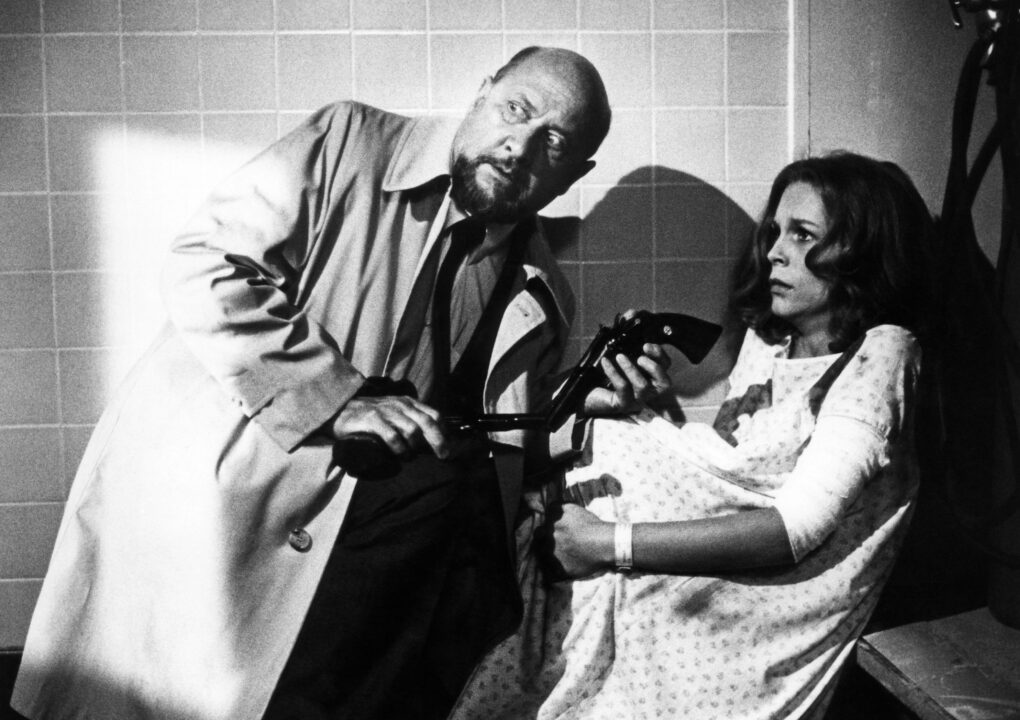
©Universal Pictures/ Courtesy: Everett Collection
But Laurie grew as the series went on, and with her fourth — and possibly final — appearance in the franchise last year, she’s become a macho, monster-movie Rambo. Add her other high-volume horrors — Terror Train, Prom Night, The Fog, Virus — to her Halloween history, and it’s clear Jamie Lee Curtis holds the undisputed title of greatest “scream queen.”
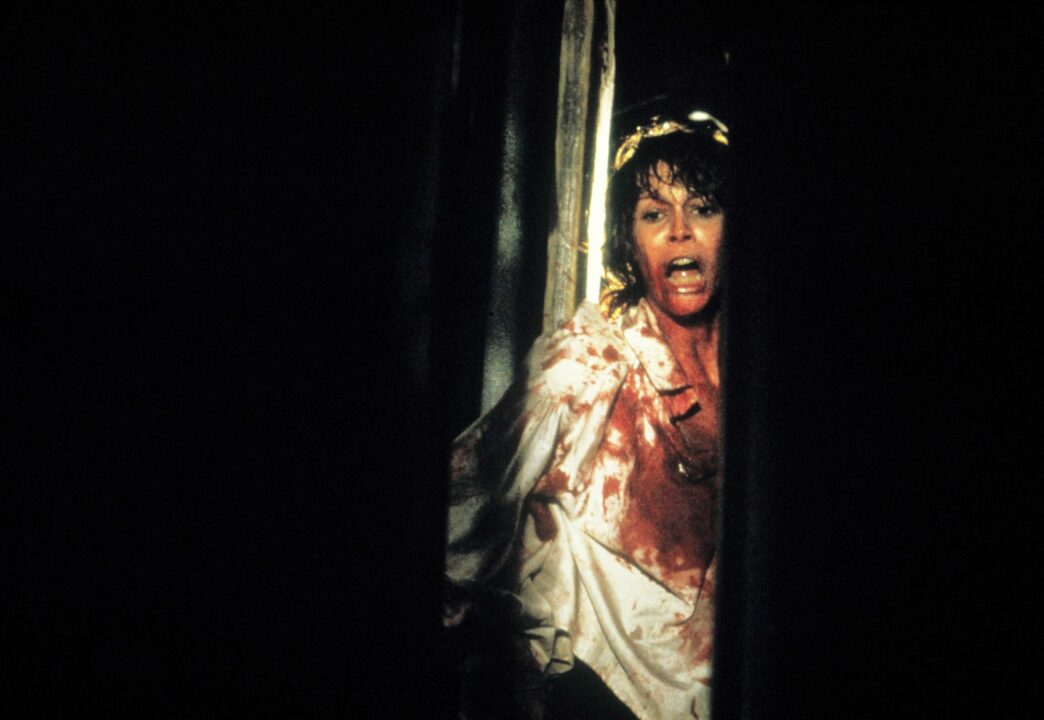
Copyright © 20th Century Fox Film Corp./courtesy Everett Collection
Her mother would have been so proud.
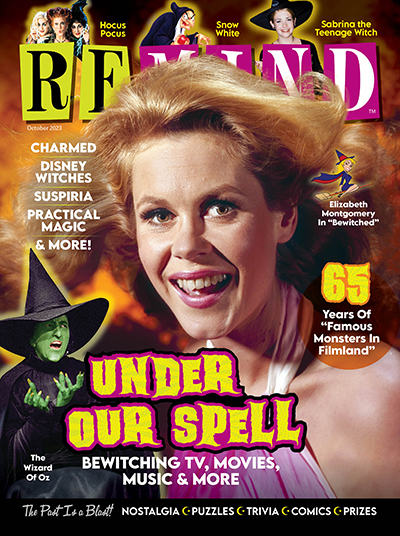
Witches
October 2023
Take a fond look back at our favorite small-screen spellbinders
Buy This Issue